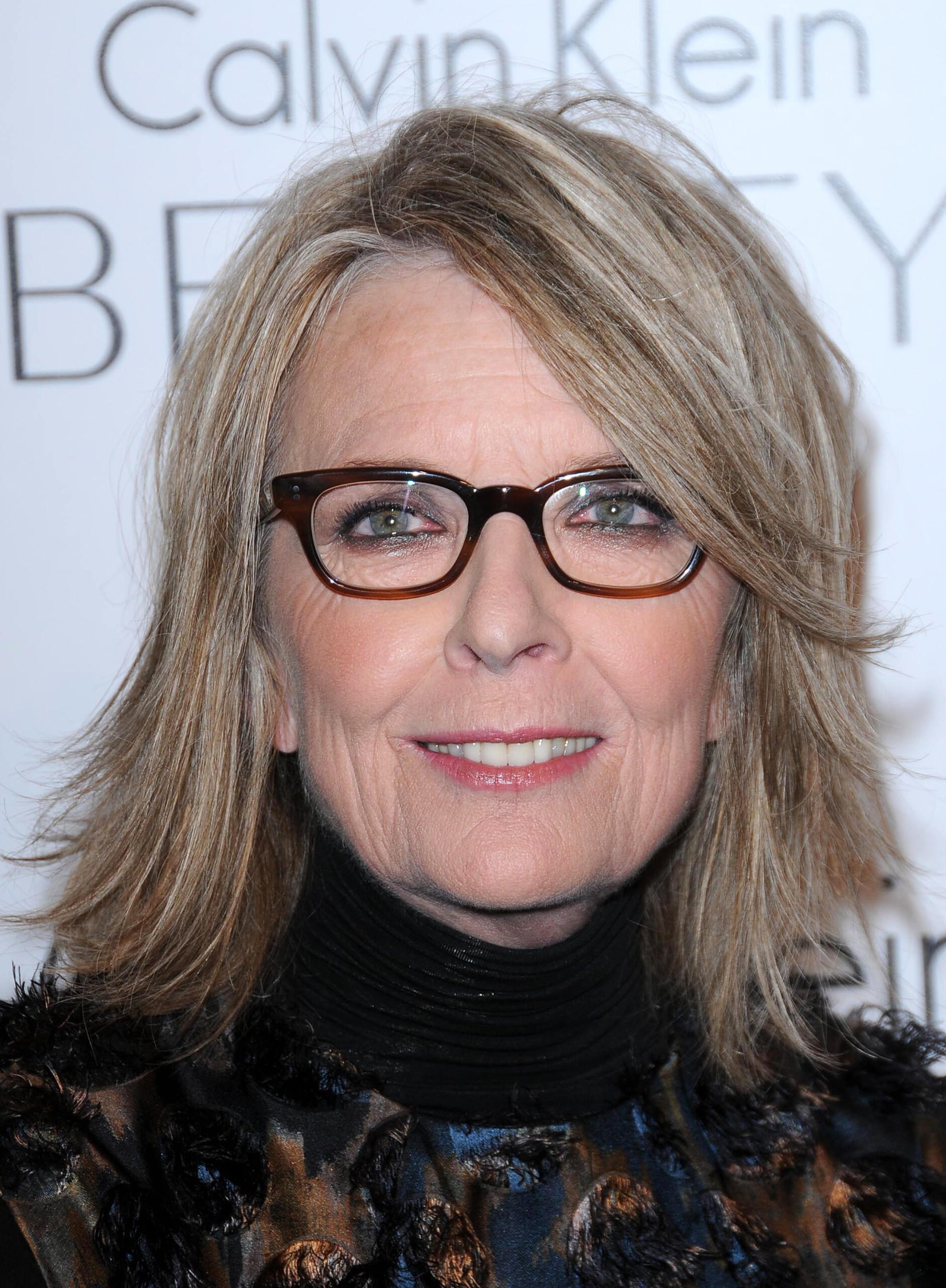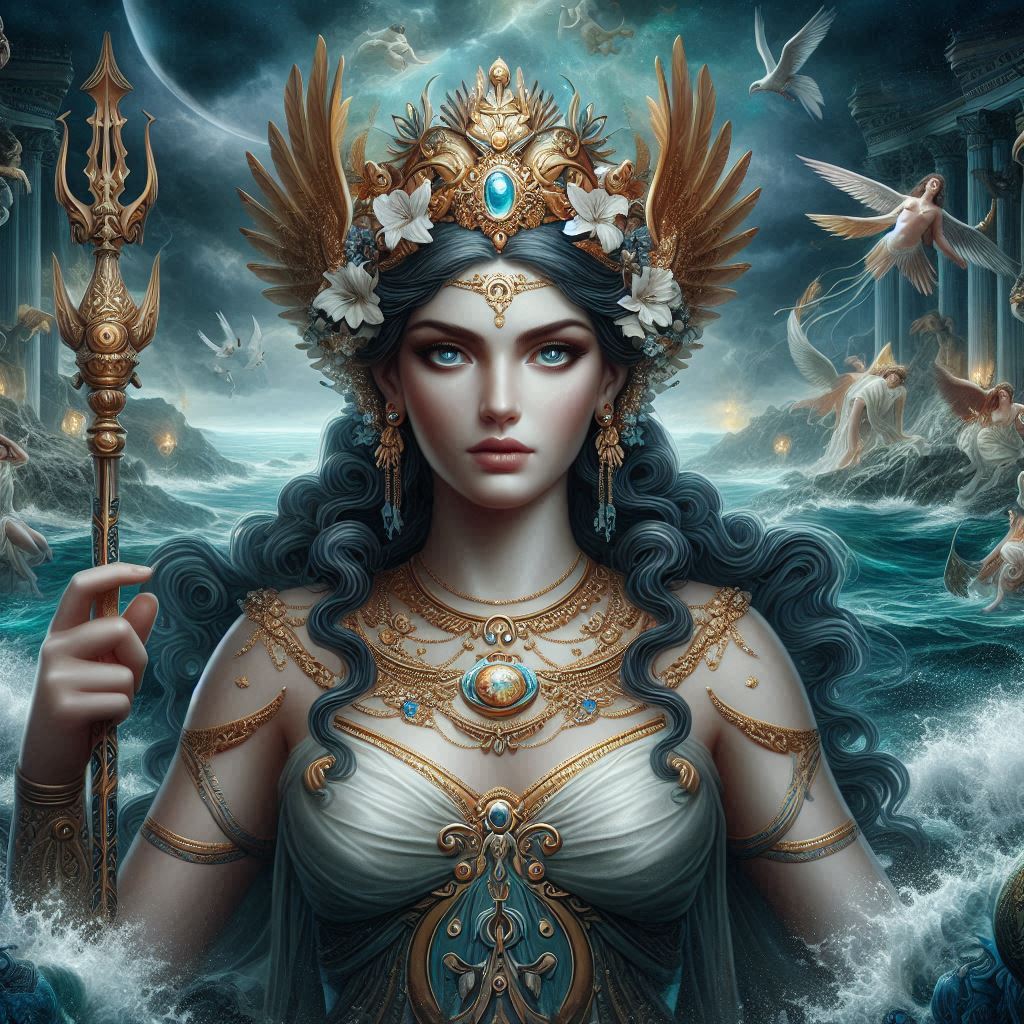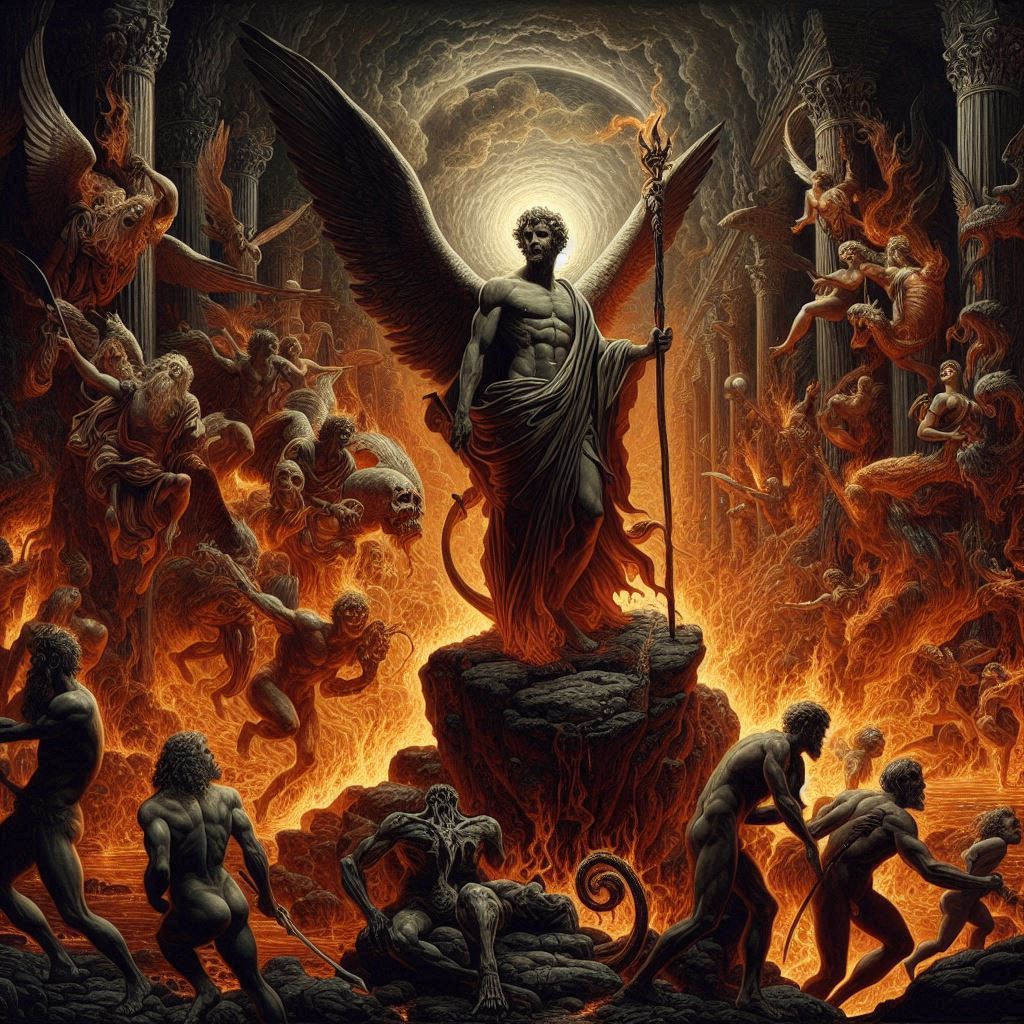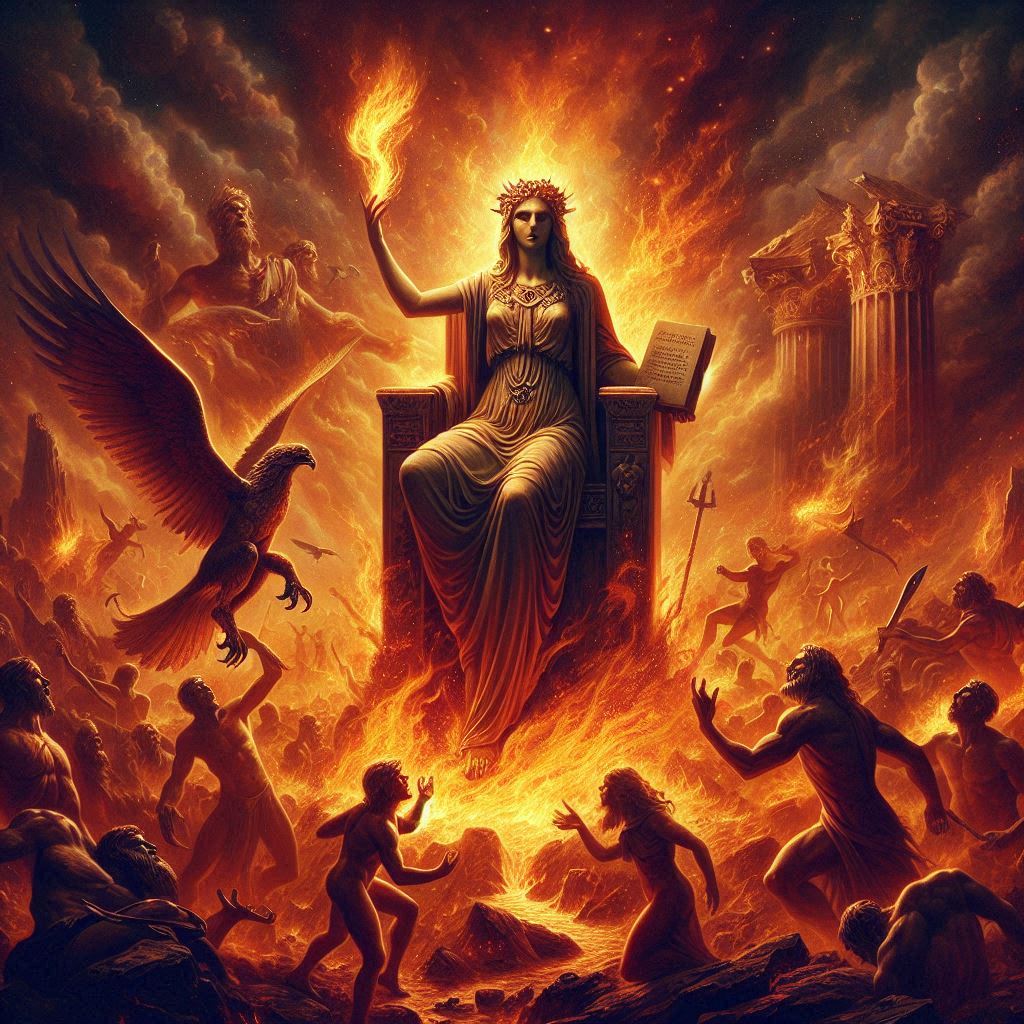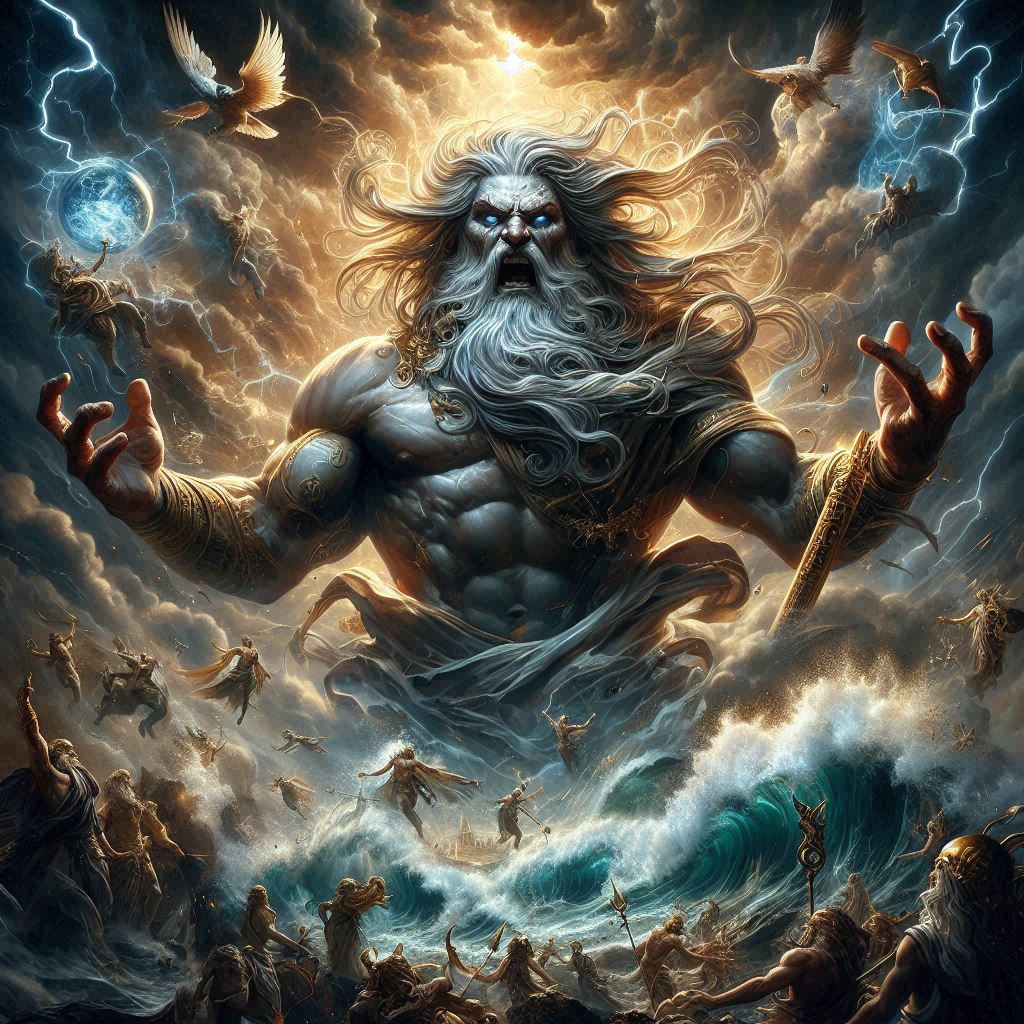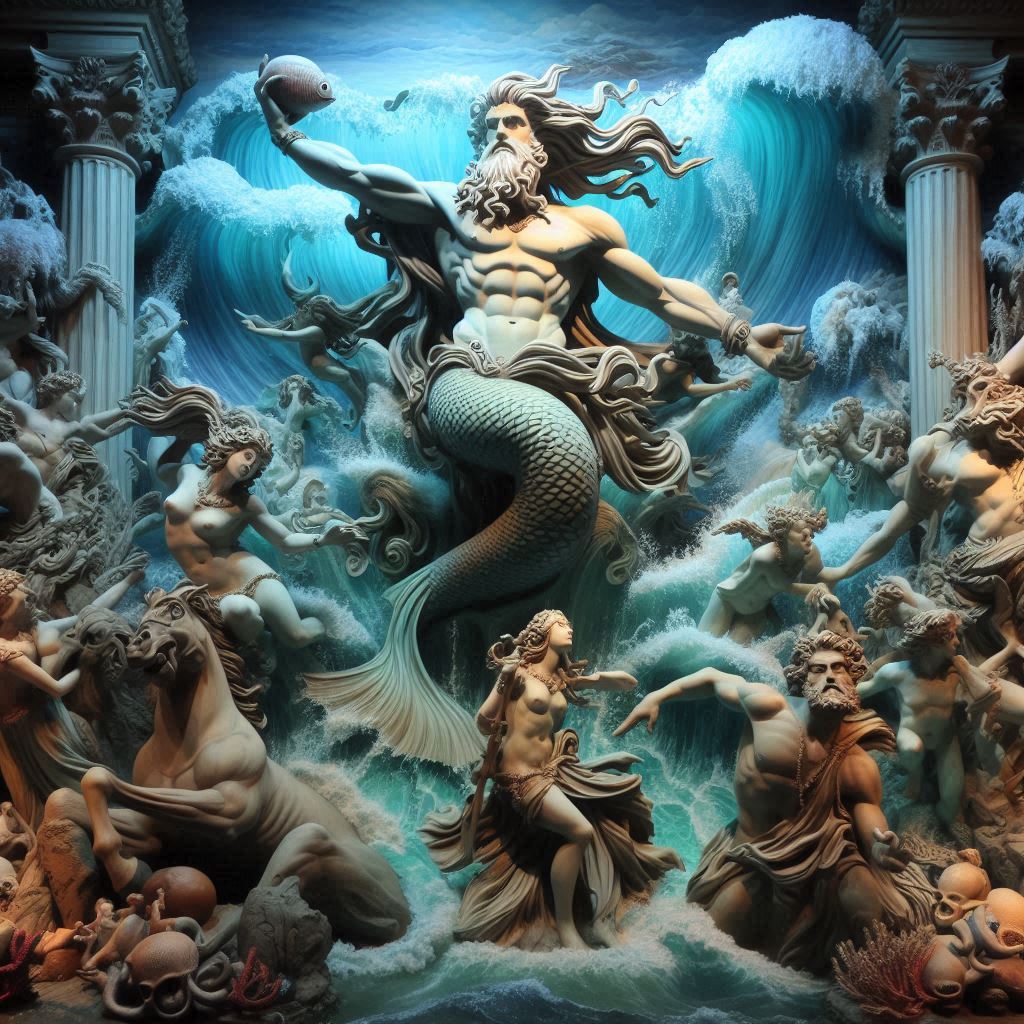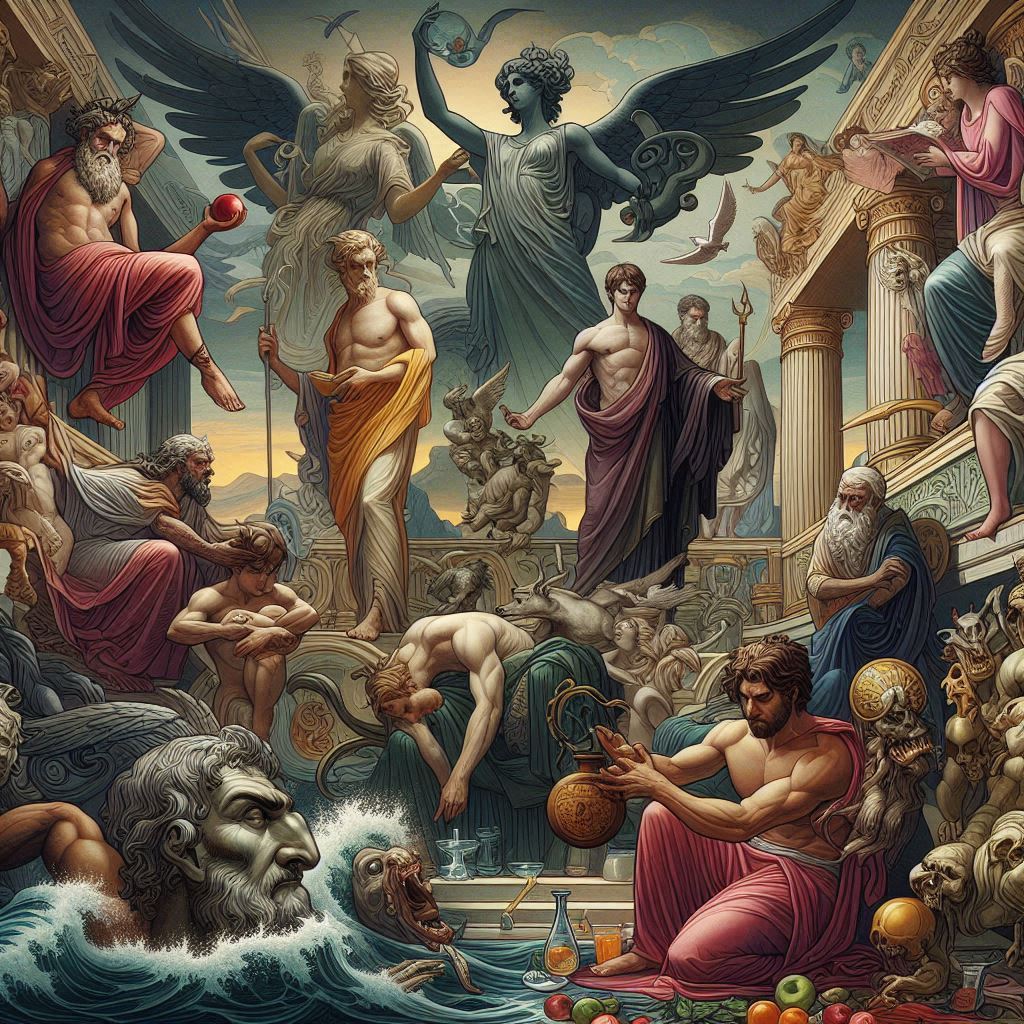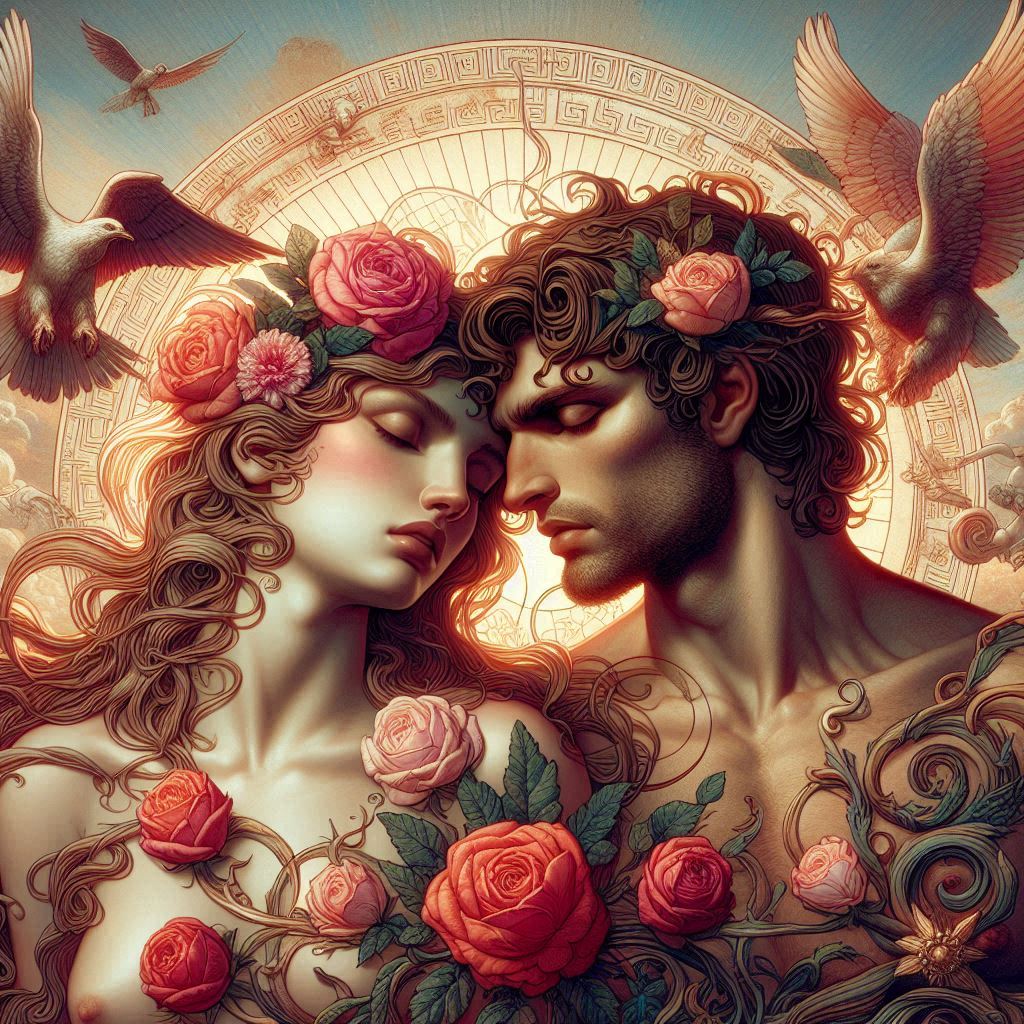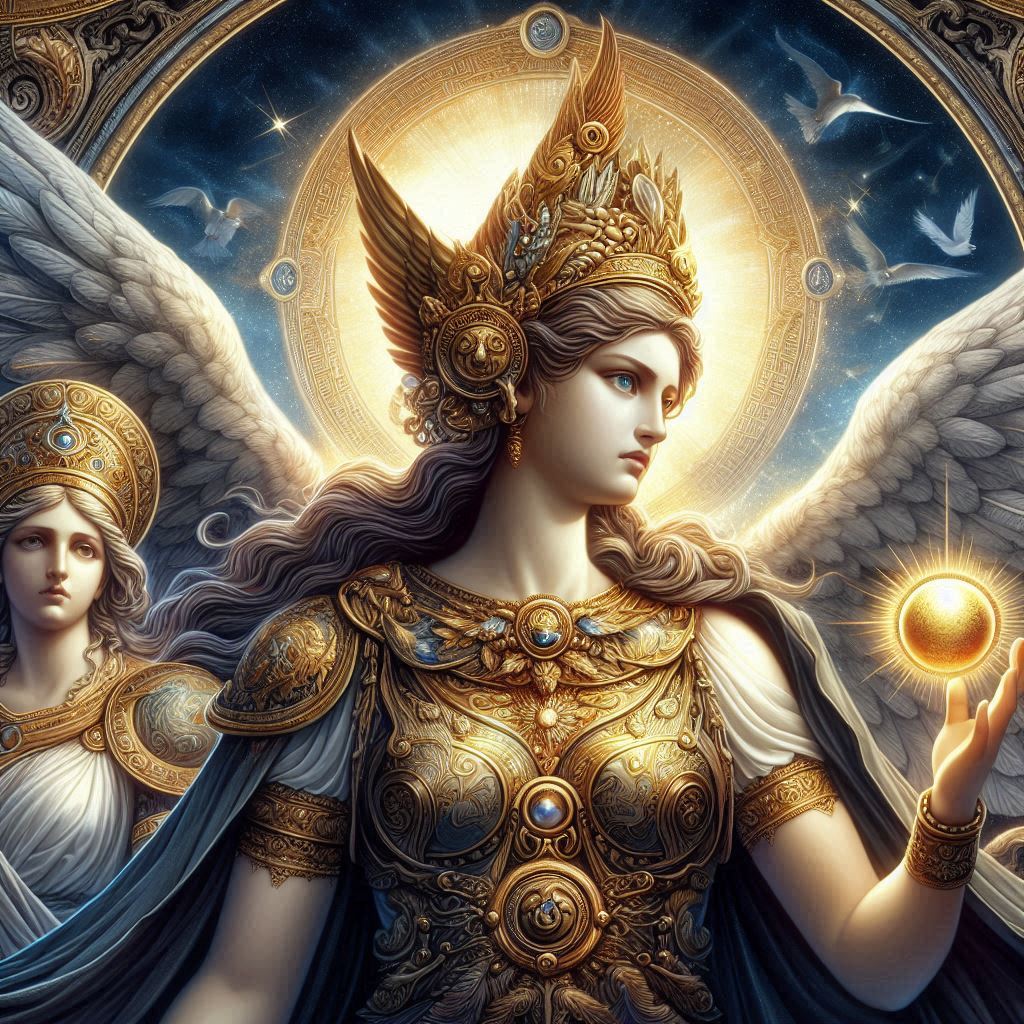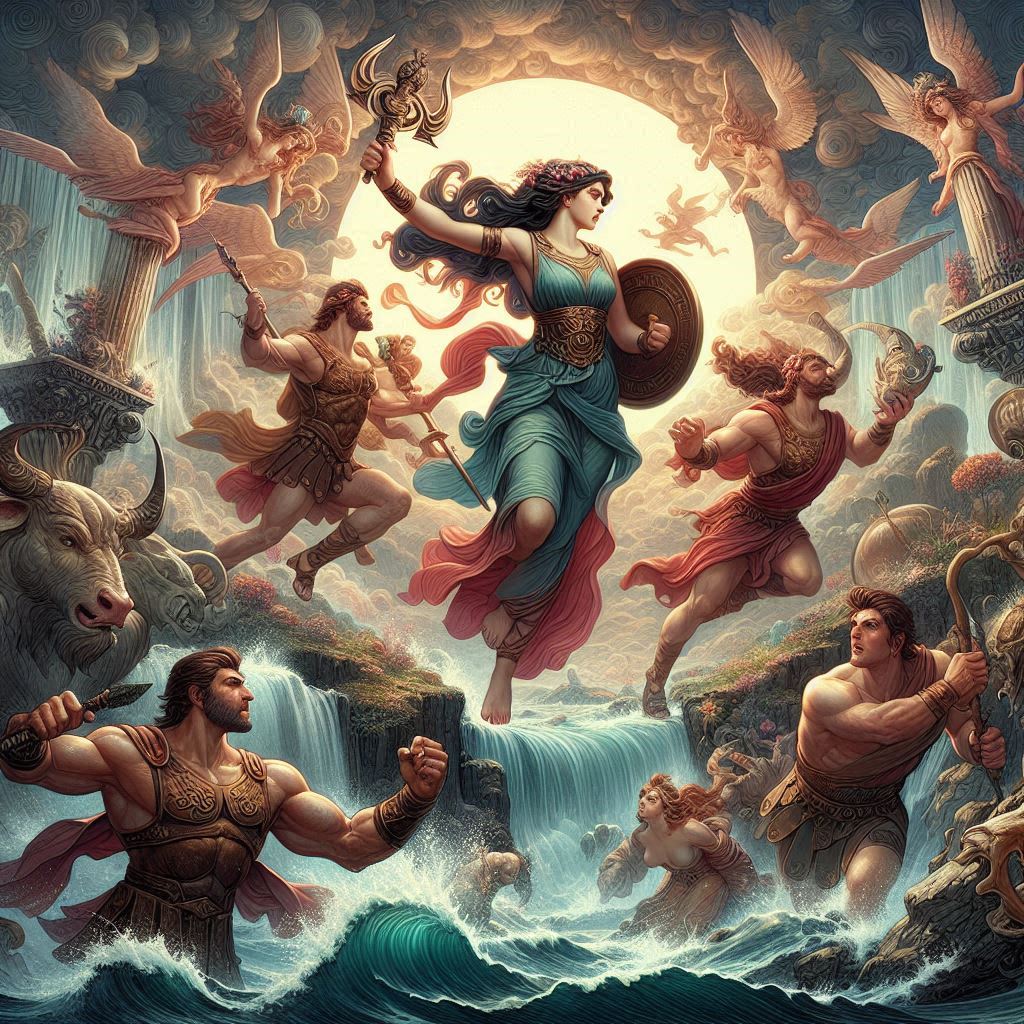Diane Keaton is an American actress, film director, and producer. She gained widespread recognition for her roles in iconic films such as “The Godfather” trilogy, “Annie Hall,” and “Manhattan.” Keaton’s distinctive style and talent have made her a respected figure in the entertainment industry.
Diane Hall, as she was named at birth, grew up in a creative and supportive environment. Her father, John Newton Ignatius Hall, was a civil engineer and real estate broker, while her mother, Dorothy Deanne Keaton, was a homemaker and amateur photographer. Keaton has two younger siblings, Randy and Dorrie. The family’s love for the arts, particularly photography, influenced Keaton’s early interest in visual storytelling.
Keaton attended Santa Ana High School in Southern California, where she discovered her passion for acting. Her involvement in school plays and the excitement of performing on stage fueled her desire to pursue a career in the arts. After high school, she enrolled at Santa Ana College before transferring to the Neighborhood Playhouse School of the Theatre in New York City, where she adopted the stage name Diane Keaton.
In the late 1960s, Keaton began her career in theater and television. Her early television appearances included guest roles on popular shows such as “Love, American Style” and “Mannix.” However, it was her collaboration with Woody Allen that would catapult her to stardom.
Keaton’s breakthrough came with her role as the eccentric and charming Annie Hall in Woody Allen’s “Annie Hall” (1977). The film not only became a critical and commercial success but also earned Keaton widespread acclaim for her performance. Her portrayal of the quirky and fashion-forward character earned her the Academy Award for Best Actress. “Annie Hall” not only solidified Keaton’s status as a leading actress but also left an enduring impact on popular culture.
The collaboration between Diane Keaton and Woody Allen continued with several successful films, including “Sleeper” (1973), “Love and Death” (1975), and “Manhattan” (1979). The on-screen chemistry and artistic synergy between Keaton and Allen became synonymous with a particular style of intelligent and comedic filmmaking. Their collaborations showcased Keaton’s ability to navigate seamlessly between comedy and drama.
In addition to her work with Woody Allen, Keaton took on diverse roles in the late 1970s and early 1980s. She starred in the crime drama “Looking for Mr. Goodbar” (1977), the romantic drama “Interiors” (1978), directed by Woody Allen, and the war comedy “MAS*H” (1972). Keaton’s willingness to explore a range of genres demonstrated her versatility as an actress.
The 1980s marked a period of continued success for Diane Keaton. She received critical acclaim for her role in Warren Beatty’s epic historical drama “Reds” (1981), earning her another Academy Award nomination for Best Actress in a Supporting Role. Keaton’s ability to portray complex and multifaceted characters contributed to her reputation as a performer with depth and range.
Keaton’s contributions to film extended beyond acting. In 1987, she made her directorial debut with “Heaven,” a documentary about the possibility of an afterlife. While the film received mixed reviews, it showcased Keaton’s interest in exploring diverse aspects of storytelling. Her directorial efforts paved the way for her later work behind the camera.
The 1990s brought a new phase in Diane Keaton’s career. She continued to take on challenging roles, including her portrayal of the title character in “The Good Mother” (1988), a film exploring issues of motherhood and morality. Keaton’s nuanced performance added depth to the complex narrative.
In 1991, Keaton starred alongside Steve Martin in the romantic comedy “Father of the Bride.” The film, a remake of the 1950 classic, became a commercial success, and Keaton’s performance as the mother of the bride solidified her status as a beloved and enduring presence in American cinema. The success of “Father of the Bride” led to a sequel in 1995.
As the 1990s progressed, Diane Keaton embraced a variety of roles that showcased her versatility. In “The First Wives Club” (1996), she joined forces with Goldie Hawn and Bette Midler in a comedy about ex-wives seeking revenge on their former husbands. The film’s success at the box office highlighted Keaton’s ability to connect with audiences in the realm of mainstream entertainment.
Keaton’s collaboration with director Nancy Meyers in the romantic comedy “Something’s Gotta Give” (2003) marked a significant moment in her career. Starring opposite Jack Nicholson, Keaton delivered a performance that earned her another Academy Award nomination for Best Actress. The film explored themes of love, age, and self-discovery, and Keaton’s portrayal of a mature woman navigating romance resonated with audiences.
The mid-2000s saw Diane Keaton continuing to explore diverse roles. In “The Family Stone” (2005), she played a key role in a family dramedy that delved into themes of acceptance and understanding. Keaton’s ability to convey both humor and emotional depth contributed to the film’s impact. Her performance in “Because I Said So” (2007) further showcased her comedic talents, starring as a meddling mother attempting to find a suitable partner for her daughter.
Diane Keaton’s filmography continued to reflect her willingness to engage with different genres. In “Morning Glory” (2010), a comedy-drama centered on a struggling morning show, she played a seasoned television producer opposite Rachel McAdams. Keaton’s ability to infuse humor and authenticity into her characters added charm to the film.
Beyond her success in acting, Keaton expanded her creative endeavors. In 2011, she released her memoir, “Then Again,” which provided insight into her personal and professional journey. The memoir explored her relationships, career choices, and reflections on the passage of time. Keaton’s candid and introspective writing resonated with readers and offered a more intimate perspective on her life.
Keaton’s later career continued to feature collaborations with renowned filmmakers. In “The Big Wedding” (2013), she joined an ensemble cast in a comedy about a dysfunctional family navigating the challenges of a wedding celebration. Her ability to balance humor with emotional authenticity contributed to the film’s entertainment value.
A notable collaboration came with director Nancy Meyers once again in “The Intern” (2015), where Keaton starred alongside Robert De Niro. The film explored generational dynamics in the workplace, and Keaton’s portrayal of a successful businesswoman navigating unexpected connections showcased her enduring appeal as an actress.
Diane Keaton’s distinctive fashion sense, often characterized by her penchant for wearing tailored suits, became a signature aspect of her public persona. Her unique style, characterized by a mix of androgyny and elegance, set her apart in an industry often focused on conventional norms. Keaton’s fashion choices, including her affinity for hats, contributed to her image as an icon with a sense of individuality.
In addition to her contributions to film and literature, Diane Keaton has remained active in various philanthropic and social causes. Her involvement with organizations focused on issues such as adoption, breast cancer awareness, and gender equality reflects her commitment to making a positive impact beyond the entertainment industry.
Diane Keaton continues to be a respected and influential figure in the world of entertainment. Her enduring career, marked by a blend of comedic and dramatic performances, has left an indelible mark on American cinema. Whether portraying complex characters, exploring the dynamics of relationships, or bringing authenticity to comedic roles, Keaton’s contributions have resonated with audiences across generations.
As she continues to navigate the ever-evolving landscape of film and storytelling, Diane Keaton remains a beloved actress with a career that spans the realms of classic Hollywood and contemporary cinema. Her legacy is not only defined by her remarkable talent but also by her ability to embrace authenticity, challenge conventions, and connect with audiences in a way that transcends the screen.
